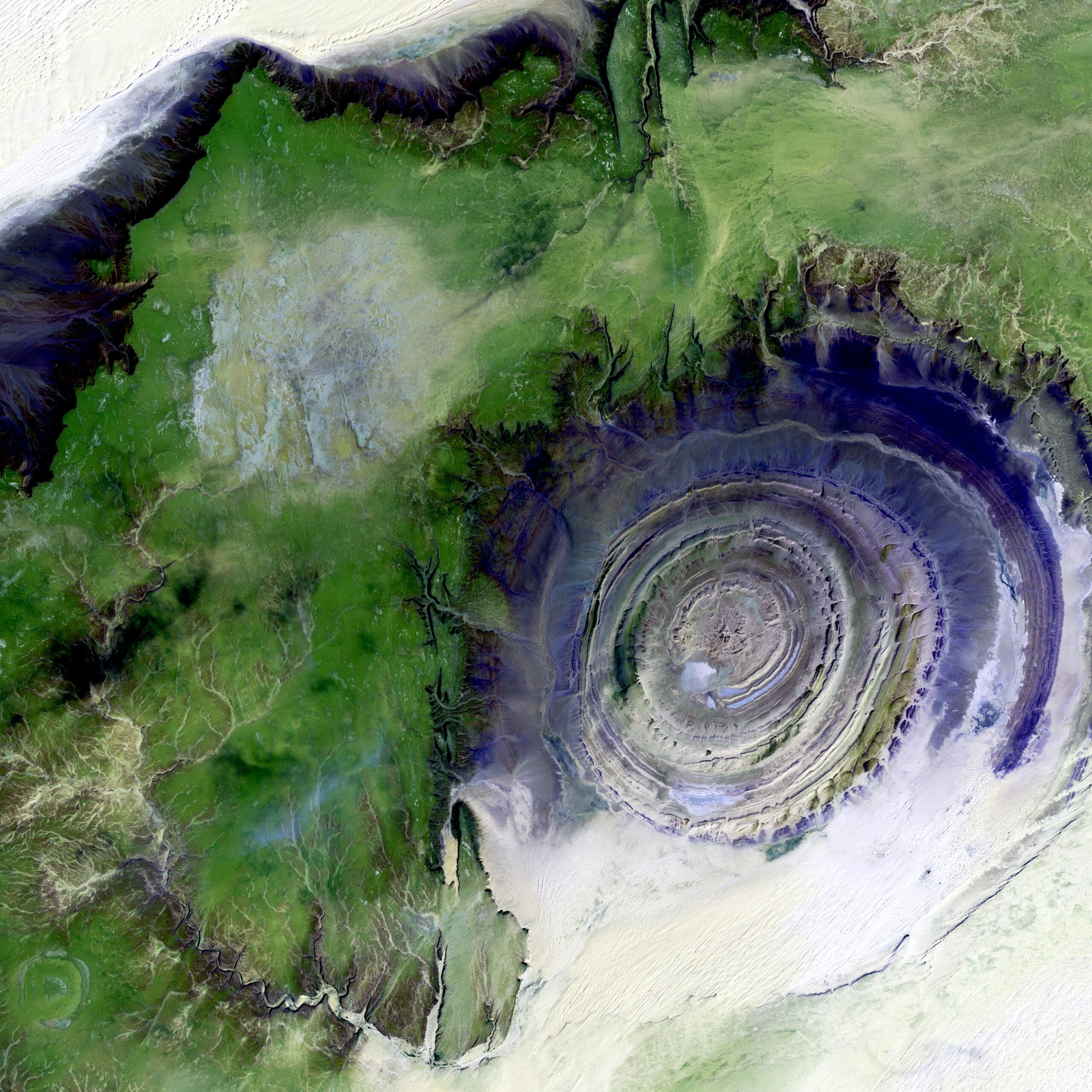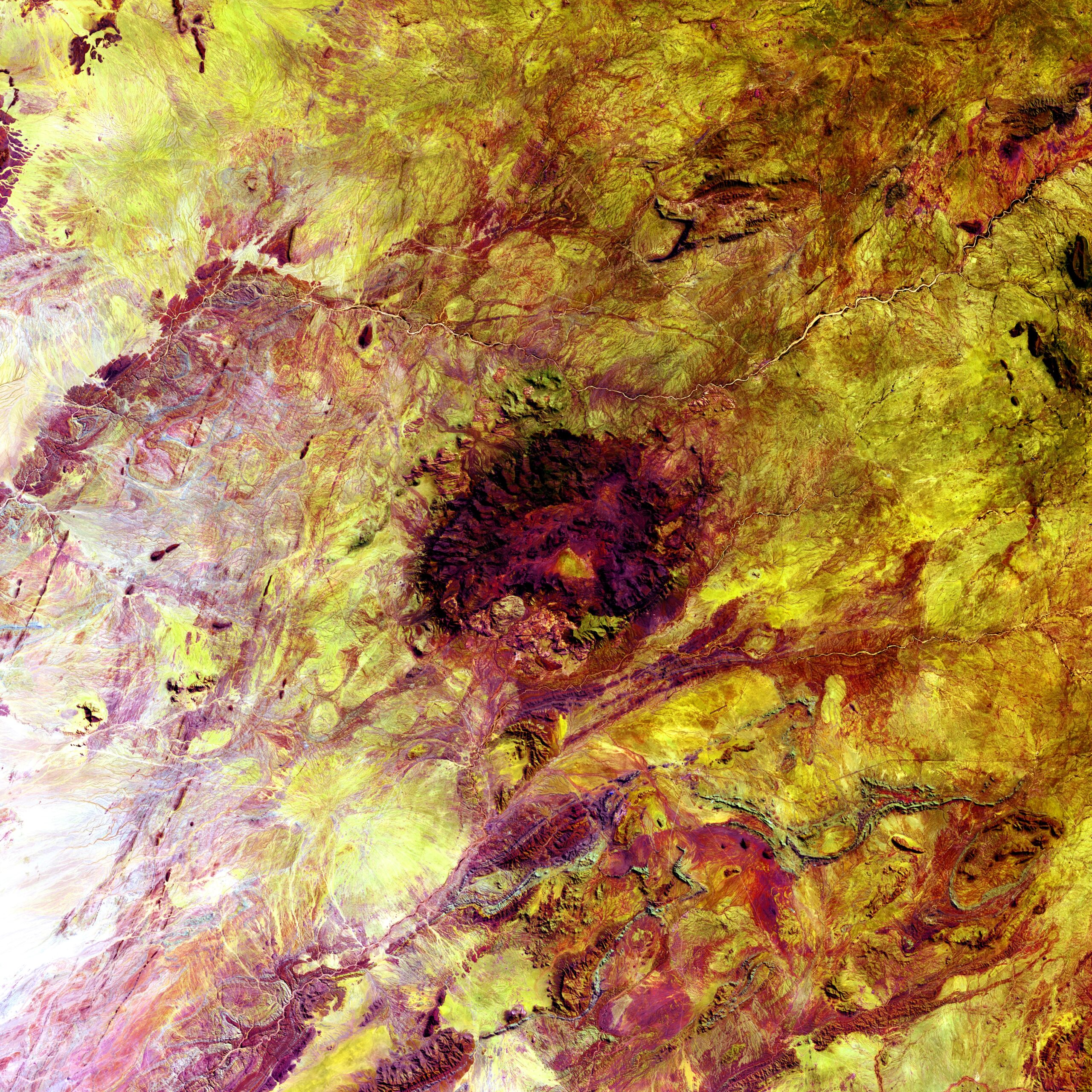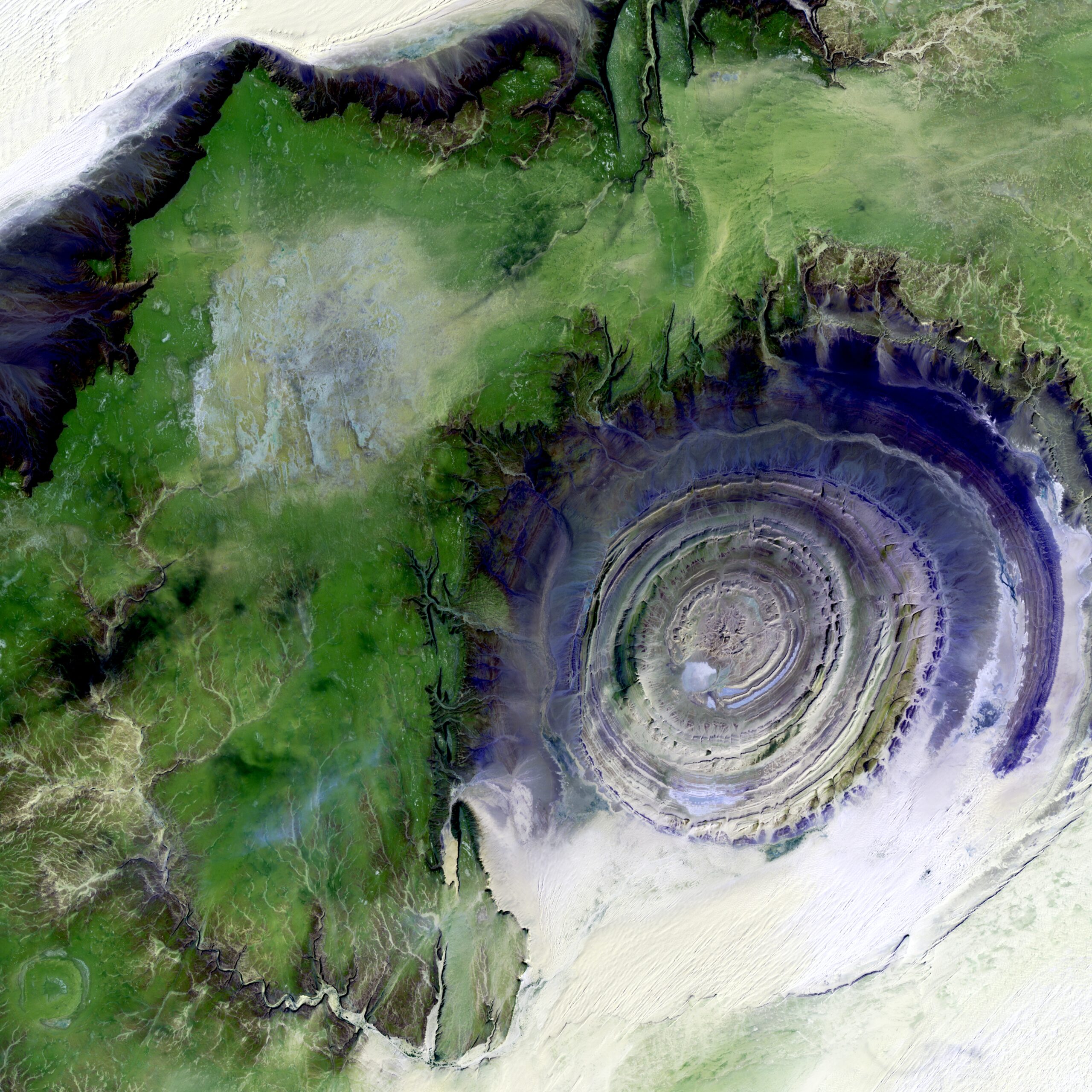If you’re in the market for a reliable tool to enhance your outdoor adventures and observation experiences, you may be wondering whether spotting scopes or binoculars provide superior image stabilization. Fortunately, we’ve got the answer for you. In this article, we’ll explore the unique features of both spotting scopes and binoculars, evaluating their respective image stabilization capabilities. By the end, you’ll have a clear understanding of which option is better suited to meet your needs and enhance your viewing pleasure.

Understanding Spotting Scopes
What is a spotting scope?
A spotting scope is a type of optical instrument that is designed for viewing distant objects with great clarity and detail. It is similar to a telescope, but with a shorter focal length and a wider field of view. Spotting scopes are commonly used in activities such as birdwatching, hunting, and nature observation.
How do spotting scopes work?
Spotting scopes work by collecting and focusing light through a combination of lenses and prisms. When you look through the eyepiece of a spotting scope, the light from the object you are viewing enters the objective lens at the front of the scope. This lens gathers and focuses the light onto the eyepiece, which magnifies the view and projects it into your eye.
Different types of spotting scopes
There are several different types of spotting scopes, each suited for various purposes and environments. Straight spotting scopes have a straight barrel, while angled spotting scopes have an angled barrel that provides more comfortable viewing, especially when observing objects at different angles. Spotting scopes also come in different sizes and magnifications, allowing you to choose the one that best suits your needs. Some spotting scopes also have interchangeable eyepieces, allowing you to adjust the magnification as desired.
Understanding Binoculars
What are binoculars?
Binoculars are optical instruments consisting of two telescopes mounted side by side and aligned to point in the same direction. They allow for two-eyed viewing, providing a more immersive and natural viewing experience compared to a single eyepiece. Binoculars are commonly used for a variety of activities, including birdwatching, hunting, and outdoor events.
How do binoculars work?
Binoculars work on the same principle as spotting scopes, using a combination of lenses and prisms to gather and focus light. The light enters the objective lenses at the front of the binoculars, which gather and focus the light onto the prisms. The prisms then redirect the light and correct the image orientation before it reaches the eyepieces. The eyepieces magnify the image and project it into both of your eyes, allowing for binocular vision.
Different types of binoculars
Binoculars come in various types, each suited for different activities and environments. Compact binoculars are small and lightweight, making them great for traveling or casual use. Standard binoculars are the most commonly used and offer a good balance of size and performance. Wide-angle binoculars provide a wider field of view, making them ideal for activities such as birdwatching. Finally, there are also specialized binoculars designed for specific purposes, such as marine binoculars for use on boats or astronomy binoculars for stargazing.
Image Stabilization in Spotting Scopes
Defining image stabilization
Image stabilization is a technology that helps reduce or eliminate the effects of hand movement or vibrations, resulting in a steadier and more stable image. In spotting scopes, image stabilization is particularly important as even slight movements can greatly impact the visibility and clarity of distant objects.
The role of image stabilization in spotting scopes
Image stabilization in spotting scopes plays a crucial role in improving the overall viewing experience. By compensating for unwanted movements, such as hand shake or wind-induced vibrations, it allows you to maintain a clear and steady view of the subject. This is especially important when observing distant objects or during prolonged viewing sessions, as it helps reduce eye strain and increases the ability to discern fine details.
Technologies used in spotting scopes for image stabilization
There are several technologies utilized in spotting scopes for image stabilization. One common method is optical image stabilization, which uses a combination of movable lenses and gyroscopic sensors to detect and counteract movements. Another approach is digital image stabilization, where the image captured by the objective lens is electronically adjusted to compensate for motion. Both methods have their strengths and limitations, and the choice of technology often depends on factors such as cost, size, and intended use of the spotting scope.
Image Stabilization in Binoculars
Defining image stabilization
Similar to spotting scopes, image stabilization in binoculars refers to the technology that minimizes the effects of hand movements, ensuring a stable and shake-free image. This feature is particularly useful when viewing distant objects or in situations where a steady hand is challenging to achieve.
The role of image stabilization in binoculars
Image stabilization plays a vital role in binoculars by providing a clearer and more enjoyable viewing experience. By compensating for hand movements, it allows for a steady view, even when holding the binoculars without additional support. This is especially beneficial in activities such as birdwatching or wildlife observation, where precise details and movements need to be observed.
Technologies used in binoculars for image stabilization
Like spotting scopes, binoculars also employ various technologies for image stabilization. Optical image stabilization is a common method, utilizing movable lens elements or prisms to counteract motion. Some binoculars also incorporate electronic image stabilization, where sensors detect movement and realign the image electronically. Each technology has its advantages and considerations, including factors such as power consumption, size, and cost.

Comparing Spotting Scope and Binoculars’ Image Stabilization Technology
The similarities between spotting scope and binocular image stabilization
Both spotting scopes and binoculars employ image stabilization technology to improve the viewing experience by reducing unwanted movements or vibrations. The goal of image stabilization is to provide a clear and steady image, allowing for better observation and enjoyment of distant objects.
The differences between spotting scope and binocular image stabilization
One key difference between spotting scopes and binoculars in terms of image stabilization is the design and construction. Spotting scopes typically have a larger size and weight, allowing for more advanced image stabilization mechanisms. Binoculars, on the other hand, are designed to be compact and portable, which can limit the complexity and effectiveness of image stabilization technology.
The impact of image stabilization technology on image quality in spotting scopes and binoculars
Overall, the impact of image stabilization technology on image quality in both spotting scopes and binoculars is positive. By minimizing motion and vibrations, image stabilization allows for clearer and more detailed views. However, it is essential to note that the effectiveness of image stabilization can vary depending on factors such as the quality of lenses, the design of the optical system, and environmental conditions.
Factors Affecting Image Stabilization in Spotting Scopes
The role of lens quality
The quality of the lenses used in spotting scopes plays a significant role in image stabilization. High-quality lenses with superior optical properties can enhance image sharpness and reduce aberrations, providing a clearer and more stable image. Additionally, lens coatings can help minimize glare and improve light transmission, contributing to better overall image stabilization.
The impact of scope design and construction
The design and construction of spotting scopes can also influence image stabilization. Factors such as the stability of the scope’s body, the quality of internal components, and the precision of the focusing mechanism can all affect the effectiveness of image stabilization. Sturdy construction and precise engineering are essential to minimize unwanted movements and vibrations.
Environmental factors affecting image stabilization
Environmental factors can significantly impact image stabilization in spotting scopes. Wind, for example, can cause vibrations that may reduce the effectiveness of stabilization technology. Additionally, extreme temperatures or humidity can affect the performance of internal components, potentially resulting in decreased image stabilization capabilities. Therefore, it is important to consider the environmental conditions when using a spotting scope for optimal image stability.

Factors Affecting Image Stabilization in Binoculars
The role of lens quality
Lens quality plays a crucial role in image stabilization in binoculars. High-quality lenses with advanced optical coatings can enhance image clarity and resolution, resulting in a steadier and more stable view. Superior lens elements and coatings also help reduce distortions, chromatic aberrations, and other optical imperfections that could impact the stability of the image.
The impact of binocular design and construction
The design and construction of binoculars greatly influence image stabilization. Factors such as the stability of the housing, the quality of internal components, and the alignment of prisms can have a significant impact on the effectiveness of image stabilization technology. Well-constructed binoculars with precise internal mechanisms are more likely to provide stable and shake-free images.
Environmental factors affecting image stabilization
Just like in spotting scopes, environmental factors can affect image stabilization in binoculars. Strong winds, vibrations from moving vehicles, or unstable surfaces can diminish the effectiveness of image stabilization technology. Varying temperatures and humidity levels can also impact the performance of internal components, potentially compromising image stability. Taking these environmental factors into account is essential when using binoculars for optimal image stabilization.
Practical Applications & Considerations for Spotting Scopes
Use of spotting scopes in bird watching
Spotting scopes are widely used in birdwatching due to their ability to provide a clear and detailed view of distant birds. The higher magnification and image stabilization technology make it easier to identify different bird species and observe their behaviors. When choosing a spotting scope for birdwatching, consider factors such as magnification, lens quality, and durability to ensure a rewarding birding experience.
Use of spotting scopes in hunting
Hunters often rely on spotting scopes to scout and observe game from a distance. Spotting scopes allow for greater accuracy in evaluating animal movement, assessing trophy quality, and identifying potential hunting opportunities. Look for spotting scopes with a rugged and waterproof construction, as well as a wide field of view, to enhance your hunting experience.
Choosing the right spotting scope for your needs
When selecting a spotting scope, consider your intended use, budget, and personal preferences. Determine the level of magnification you require and choose a spotting scope with appropriate lens quality and image stabilization technology. Additionally, consider factors such as portability, weight, and additional features like built-in digiscoping capabilities or interchangeable eyepieces.
Practical Applications & Considerations for Binoculars
Use of binoculars in bird watching
Binoculars are a staple tool for birdwatchers, allowing them to observe birds in their natural habitats with ease. The portability and ease of use make binoculars a convenient choice for birdwatching enthusiasts. When selecting binoculars for birdwatching, consider factors such as magnification, lens diameter, field of view, and image stabilization technology to ensure optimal birding experiences.
Use of binoculars in hunting
Hunters often rely on binoculars to spot and identify game from a distance, enabling them to make informed decisions on their hunting activities. Binoculars with enhanced image stabilization can greatly benefit hunters, providing a steady view of the target animal. Consider factors such as magnification, lens quality, field of view, and ruggedness when choosing binoculars for hunting.
Choosing the right binoculars for your needs
When choosing binoculars, consider the specific activities and environments in which you will be using them. Determine the desired magnification level and field of view, as well as the quality of the lenses and image stabilization technology. Additionally, factors such as ergonomics, durability, and weight should be considered to find the binoculars that best align with your needs and preferences.
Conclusion: Do Spotting Scopes Offer Better Image Stabilization Than Binoculars?
Summarizing the comparison
In summary, both spotting scopes and binoculars offer image stabilization technology that enhances the viewing experience by reducing unwanted movements and vibrations. The effectiveness of image stabilization can vary depending on factors such as lens quality, design, construction, and environmental conditions.
Considerations based on purpose and use
The choice between spotting scopes and binoculars depends on your specific needs and preferences. Spotting scopes are advantageous for activities that require long-range observation and high magnification, such as birdwatching or hunting. Binoculars, on the other hand, excel in versatility, portability, and ease of use, making them suitable for a wide range of outdoor activities.
Final thoughts on spotting scopes and binoculars image stabilization
While both spotting scopes and binoculars incorporate image stabilization technology, the effectiveness and performance can vary between models and brands. It is important to carefully consider factors such as lens quality, design, construction, and intended use when selecting either a spotting scope or binoculars. Regardless of your choice, image stabilization technology can greatly enhance your viewing experience and allow you to enjoy clear, steady, and detailed observations of the world around you.

